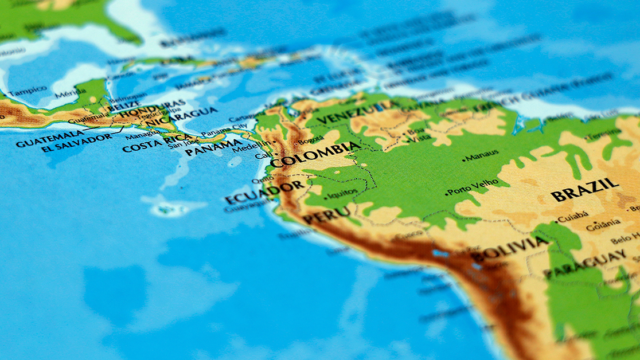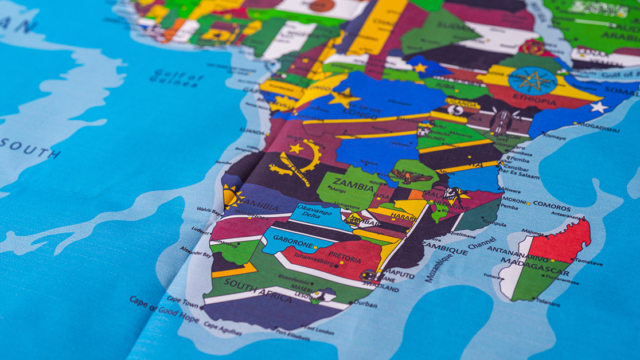At the end of 2019, we boldly predicted some of the top fintech trends of 2020. We said mobile financial services were going to get bigger and better, and with over two-thirds of financial transactions going online in a COVID-19 world, that was exactly what happened.
Now that 2020 is well and truly behind us, what is in store for fintech in 2021? Where does the fintech industry stand as a whole? How will companies balance between driving growth and mitigating ongoing concerns brought forth by the pandemic? And how will these developments affect payments for businesses?
Let’s take a look at the top fintech trends in 2021, according to us.
Digital-only banks in the spotlight
With the booming online retail market and an ever-increasing digital literacy, fintech challengers that provide digital-only services without the support of incumbents (read: traditional banking institutions) have risen over the past decade to about 200 worldwide.
And, according to this Straits Times article, Southeast Asia has much room for such banking services to grow, citing a report by the Singapore Fintech Association, Boston Consulting Group and Finastra. Of note, the report said one-fifth of such digital-only banks are based in the Asia-Pacific.
It is not hard to see why these services are poised to grow. As people become more wary of physical contact, online services that focus on bundling, consumer-centric e-wallet, e-banking and digital account support will be needed more than ever.
We certainly noticed this throughout 2020, processing a record number of online transactions that drove our growth by as much as 20%. But our partners have cautioned against abandoning physical branches altogether: some functions, such as direct dispute resolution and negotiation, remain pivotal and are easier to resolve face to face.
What does this mean? While it is important to focus on digital growth, a few traditional financial services must be retained. Fintech application is about creating a beautifully seamless journey for the user. A prime example from the remittance industry: facilitating the ease of online account creation and speedy transactions while retaining the simple joy of paper money withdrawal at a branch.
Supply chain shift to benefit regional fintechs
The world is turning to regional supply chains to hedge against a particular market. Authors of a report by the Economist Intelligence Unit, the research and analysis division of the Economist Group, said “it is likely that globalisation will not only come to a halt, it will reverse”.
The pandemic has accelerated the need for small and big brands to relocate their production facilities or seek to capitalise on the flexibility and availability of regional markets to cater to their needs.
In 2020, as our partners shifted their focus from global to regional supply chains, some engaged us in different corridors and payment trends moved along with it. Our advice: it is important to match your payment strategy and settlement needs with cross-border hubs that possess regional expertise. This way your business can build on increased efficiency and save costs. Don’t go global if you don’t absolutely need to.
Time is ripe for tech push
As businesses focus mainly on customer retention, it is up to third-party solution providers to bridge the gap when it comes to tech adoption. For example, many remittance companies were not able to develop in-house systems to cater to digital currencies as they scrambled to survive.
One solution is to turn to 3rd party payment companies that have the resources to drive and integrate digital systems that can push transaction processing to the next level.
Fintechs often focus on taking risks through innovations, while keeping disruptions minimal. For example, our pre-pandemic digital transformation drive in 2020 allowed us to meet the demand for online transactions and even open new payment corridors.
In fact, one of Tranglo’s main goals this year is to improve accessibility and flexibility of our remittance network through the use of Ripple’s XRP, for example. We expect digital currency adoption to rise quickly in 2021, facilitating even more payment methods.
Watch this space.
Conclusion
There is a tendency for fintech to shift its course all the time, but one stood out in 2020: changes were forced and accelerated by COVID-19, and many business owners must adapt or be left behind.
Our success story in 2020 is worth a look, so if you are interested to know more about how we achieved growth, contact us today.







